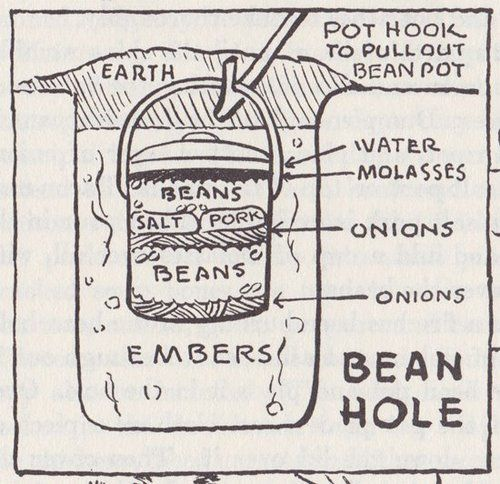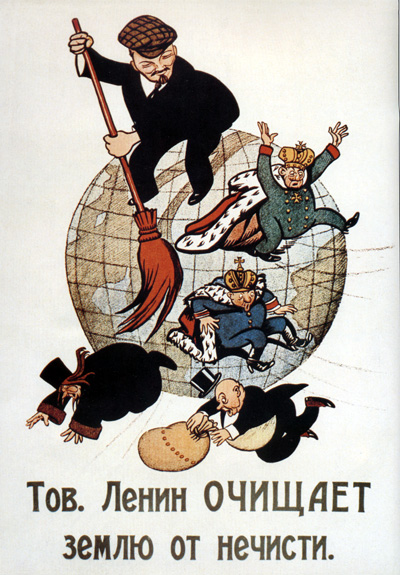https://umaine.edu/folklife/history-of-bean-hole-beans/
History of Bean-Hole Beans
Many America foods originated in America and were passed on to early settlers by Native Americans. It is difficult to imagine a meal without Native American foods–corn, potatoes, squash, and beans, of course, but also peanuts, pumpkins, pineapple, tomatoes, cocoa, and avocados. These American foods were adopted and transformed by immigrant communities, who added their own traditions, recipes and ingredients to the melting pot. Regional foods developed using available resources. In New England, clam and fish chowders made with milk and baked beans are as ubiquitous as black-eyed peas and fried chicken in the south.
passed on to early settlers
adopted and transformed by immigrant communities,
:fry:
The bean was an integral part of the Native American diet. Often called the “poor man’s meat” beans are rich in protein, supplying a third of the essential amino acids to the corn, bean and squash trinity
:arm-L::cool-bean::arm-R:
In the northeast, Boston would not be called “Bean-town” if it weren’t for the beans adopted from the Native American custom of cooking beans and maple syrup with bits of venison or fish and corn.
New Englanders replaced the maple syrup with molasses and salt pork replaced other meats, and Boston baked beans became the Saturday night staple for most New Englanders. These might be served with brown bread (a steamed bread made with wheat flour, molasses and sometimes raisins), biscuits or corn bread. Later, hot dogs or frankfurters were added. Beans could cook all day Saturday and be eaten Saturday night, then simply reheated on Sunday so as to allow Sabbath day rest for the cooks. Many Mainers talk about eating beans for Sunday breakfast, or making sandwiches of cold beans on Sunday.
Many Mainers talk about eating beans
:heartbreaking:
Beans baked in cast iron pots buried in the ground became a lumber camp specialty and remain popular in Maine to this day, particularly for public suppers and other special events. The variety of beans used in bean-hole beans are usually heirloom Colonial types such as Yellow Eye, Jacob’s Cattle and Soldier beans. These are large beans (about 1/2 inch long when dry).
“Beans, given as I bake so many beans, its probably not a stretch of the imagination to say I go through a 1000lbs a year. I like to buy them locally and I get them up in Corinth. Sherwin McGuire, another Glenburn boy, raises beans and wholesales them up there so I go to him to get all of my beans. My favorite type would have to be yellow eye. But I do like to experiment. I found some pretty good beans over the years in different parts of Maine. If you go down to Addison or Jonesport way you’re going to find marifax bean is one of the coastal beans, a nice round bean. You go down to Eastport and that’s where I discovered what they call king of the early beans, a large bean, a really mealy bean, but a wonderful bean. Jacob cattle and soldier beans are real good as are the navy or the pea beans but I guess most people’s favorite is the yellow eye. But if you’re cooking for a church like St. Joseph’s in Brewer pea bean is the bean of choice at that particular parish.”
“They come out so wonderful when you dig them up the next day and they’re so hot. They’re so wonderful!” —Robert Campbell
:chickpea:
https://umaine.edu/folklife/what-we-do/exhibits/bean-hole-beans/
Robert Campbell of Glenburn, Maine, has been baking beans in a bean hole for nearly forty years. “Even when I don’t need the beans,” he says, “When Friday night comes it’s just an urge comes over me to start that fire and start baking bean-hole beans.”
Even when I don’t need the beans,” he says, “When Friday night comes it’s just an urge comes over me
:hyperflush:

